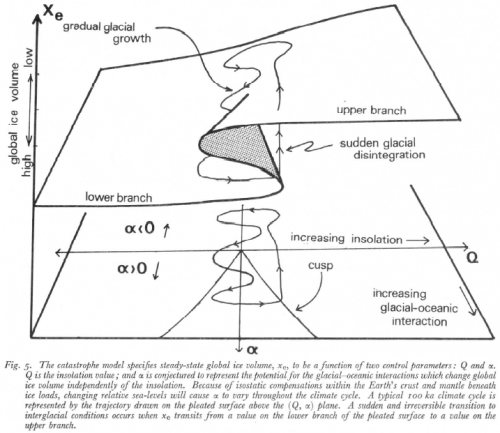A colleague recently pointed me to a debate on an MIT email list over Lorne Gunter’s National Post article, Forget Global Warming: Welcome to the New Ice Age.
The article starts off with anecdotal evidence that this has been an unusually cold winter. If it had stopped where it said, “OK, so one winter does not a climate make. It would be premature to claim an Ice Age is looming just because we have had one of our most brutal winters in decades,” I wouldn’t have faulted it. It’s useful as a general principle to realize that weather has high variance, so it’s silly to make decisions on the basis of short term events. (Similarly, science is a process of refinement, so it’s silly to make decisions on the basis of a single paper.)
But it didn’t stop. It went on to assemble a set of scientific results of varying quality and relevance, purporting to show that, “It’s way too early to claim the same is about to happen again, but then it’s way too early for the hysteria of the global warmers, too.” That sounds to me like a claim that the evidence for anthropogenic global warming is of the same quality as the evidence that we’re about to enter an ice age, which is ridiculous. It fails to inform the layman either by giving a useful summary of accurately characterized evidence or by demonstrating proper application of logic.
Some further digging reveals that the article is full of holes: Continue reading “Confused at the National Post”


